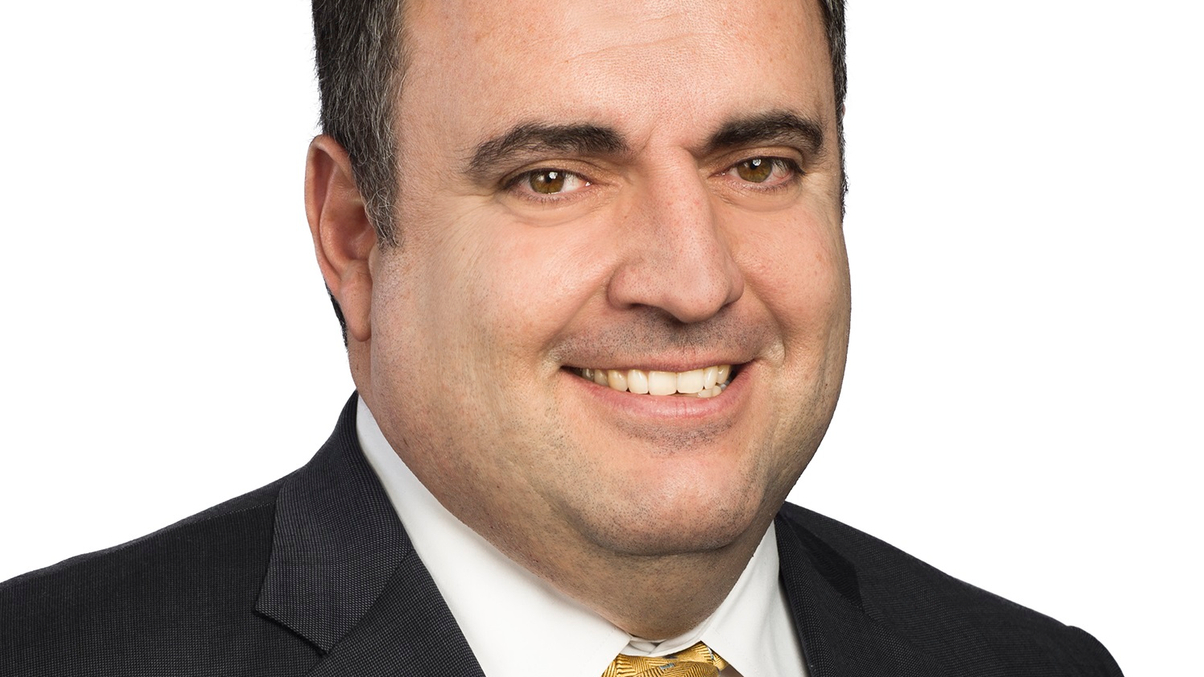Man GLG outlines plans for EM debt buildout
The UK hedge fund group’s co-CEO and its first head of emerging-market debt explain why and how the firm is expanding its investment in the asset class.

UK-based alternatives manager Man GLG is set to build a five-strong emerging-market debt team and launch several products in the coming year, following the recent hire of Guillermo Osses as its first head of EM debt.
Sign In to Your Account
Access Exclusive AsianInvestor Content!
Please sign in to your subscription to unlock full access to our premium AI resources.
Free Registration & 7-Day Trial
Register now to enjoy a 7-day free trial—no registration fees required. Click the link to get started.
Note: This free trial is a one-time offer.
¬ Haymarket Media Limited. All rights reserved.


